As housing costs in California remain among the highest in the nation, a growing number of residents, travelers, and unhoused individuals are sleeping in their cars out of necessity or lifestyle preference. From the Silicon Valley gig worker to the digital nomad along the Pacific Coast, car sleeping is becoming a more visible and common practice in 2025.
But is it legal? The answer is complicated. State laws offer some protections, but local ordinances vary widely and can result in fines, towing, or even criminal charges. This guide explains where and when it’s legal to sleep in your car in California and offers tips to stay safe, informed, and within the law.
The Rising Trend of Car Sleeping in California
In major cities and rural counties alike, car sleeping is rising:
-
Over 14,000 people are estimated to be living in vehicles in Los Angeles County alone.
-
Many remote workers and tourists now outfit vans and SUVs as mobile homes for long-term road travel.
-
In Carlsbad, a coastal city in San Diego County, officials have seen a doubling of cases involving people sleeping in cars.
-
From San Francisco’s tech-driven economy to Fresno’s agricultural valleys, residents priced out of rentals are turning to their vehicles for shelter.
California’s climate, infrastructure, and widespread vehicle ownership make it an attractive—if risky—option for temporary living or rest.
Understanding the Legal Framework
California state law does not explicitly prohibit sleeping in your vehicle. However, the legal landscape is mostly governed by local ordinances, which can differ dramatically between cities or even neighborhoods.
Statewide Policies
-
California Vehicle Code allows rest at highway rest areas, usually up to 8 hours.
-
Sleeping in cars is not illegal on its own unless associated with trespassing, loitering, or violating posted signage.
-
There is no state law forbidding living in a vehicle, but enforcement may happen under public nuisance or anti-camping regulations.
Local Ordinances
Each city or county can establish its own rules:
-
Los Angeles restricts car sleeping in residential areas and near parks or schools between 9 PM and 6 AM.
-
San Diego prohibits sleeping in cars overnight within 500 feet of residences and schools.
-
San Francisco relies on anti-camping and vagrancy ordinances to limit car dwelling in certain districts.
Civil Rights Protections
California’s Right to Rest movement has pushed for fair treatment of unhoused residents, leading to policies that try to avoid criminalizing poverty. Some cities are now required to offer shelter alternatives before enforcement actions, though this does not eliminate car sleeping restrictions outright.
Where You Can Legally Sleep in Your Car
Legality depends largely on where you park and how long you stay. Here are the most common locations and what’s generally allowed:
Public Streets
-
In some cities, you may sleep in your car on public streets where overnight parking is allowed and no anti-camping laws are in place.
-
Most residential neighborhoods restrict overnight car habitation, often with signs.
-
Cities like Berkeley and Santa Cruz have limited designated areas but otherwise ban street car sleeping.
Rest Areas and Truck Stops
-
Caltrans rest areas along highways allow parking for up to 8 hours. Some extend this time unofficially unless posted.
-
Private truck stops often tolerate overnight rest, especially in designated car sections.
-
Be aware of posted rules, and avoid taking up commercial truck space.
National Forests, BLM, and State Land
-
In many National Forests or BLM-managed areas, dispersed camping (including car sleeping) is allowed for up to 14 days.
-
State parks usually require registration and prohibit overnight stays in vehicles outside designated campsites.
Retail Parking Lots
-
Some Walmart, Target, and 24-hour gyms still allow overnight car stays, but it depends on store management and local laws.
-
Always ask for permission before staying on private property, and avoid multiple consecutive nights.
Safe Parking Programs
California cities are increasingly launching safe parking programs, where vetted participants can stay overnight in designated lots:
-
Los Angeles, San Diego, Santa Barbara, and Oakland run programs through churches and nonprofits.
-
These sites offer access to restrooms, security, case management, and other support services.
-
Space is limited, and registration or background checks are often required.
Time Limits, Moving Requirements, and Re‑Entry Rules
Most cities impose restrictions designed to prevent long-term occupation of a single spot:
-
Vehicles must be moved every 72 hours in many cities, even if parked legally.
-
Some municipalities bar returning to the same location within a specific timeframe (e.g., 48 hours).
-
In places with permit parking, sleeping in vehicles is often prohibited regardless of move frequency.
Penalties, Enforcement, and What Happens When You’re Caught
What happens if you’re caught sleeping in your car depends on where you are and how often you’ve been warned.
Fines
-
First offenses may result in warnings, especially in cities with progressive policies.
-
Fines range from $25 to $500, depending on the ordinance violated.
-
Some cities escalate penalties after the first violation or for nonpayment.
Towing
-
If your vehicle is cited and not moved, it may be towed and impounded.
-
Towing and retrieval fees can exceed $200, especially if impounded overnight.
Criminal Charges
-
Rare, but possible for repeat violations, especially when accompanied by complaints or trespassing.
-
Some cities may charge car dwellers under loitering or public nuisance codes.
City-by-City Spotlight
Los Angeles
-
Car dwelling is banned in residential areas from 9 PM to 6 AM, and within 500 feet of parks, daycares, and schools.
-
Enforcement is complaint-based but consistent in high-traffic areas.
-
Safe parking locations are scattered throughout the city, but demand is high.
San Francisco
-
Car sleeping is often targeted under anti-camping laws.
-
Enforcement is high in downtown, Richmond, and Bayview districts.
-
San Francisco has few safe parking options but connects vehicle dwellers with housing caseworkers.
San Diego
-
Very strict car sleeping regulations in place since 2019.
-
Vehicle habitation is banned from 9 PM to 6 AM within 500 feet of residences, schools, and parks.
-
Several faith-based safe parking sites offer limited space and services.
Inland Cities
-
Cities like Riverside, Bakersfield, and Stockton are more lenient but still enforce parking duration limits.
-
Inland counties may have more BLM and open space where legal overnight stays are easier to find.
Coastal Towns
-
Carlsbad and Huntington Beach have tightened restrictions recently.
-
Overnight parking near beaches is often prohibited, and citations are common in tourist-heavy zones.
California Government’s Broader Homelessness Push
California’s homelessness crisis has prompted a dual approach:
-
Crackdowns on street and vehicle camping through ordinances and clean-up efforts.
-
Increased investment in shelter beds, transitional housing, and vehicle-to-home programs.
Governor Newsom supports a legal framework requiring cities to offer shelter before enforcing camping bans. However, funding and shelter availability remain inconsistent statewide, limiting the policy’s effectiveness.
Living vs. Temporary Rest: The Legal Distinction
One of the most important legal nuances is the difference between living in a car and briefly resting:
-
Temporary rest (e.g., sleeping 4–6 hours at a rest stop or parking lot) is more tolerated and often legal.
-
Long-term habitation, indicated by belongings, cooking gear, and repeat overnight stays, is more likely to trigger enforcement.
-
Officers often use visible clues (curtains, clutter, open trunks) to determine intent.
Safety Tips for Legal and Secure Car Sleeping
-
Choose legal and well-lit spots—near busy businesses or truck stops.
-
Avoid residential neighborhoods unless explicitly allowed.
-
Use blackout curtains or window covers for privacy.
-
Lock your doors, and crack windows for ventilation.
-
Keep a clean and organized interior—avoid clutter and visible gear.
-
Stay sober and alert, especially when parking in unfamiliar areas.
Techniques for Staying Under the Radar
-
Arrive late at night and leave early in the morning.
-
Rotate locations daily to avoid drawing attention.
-
Maintain a low profile—no noise, no trash, no open doors.
-
Park near other vehicles to blend in.
-
Keep lights and electronics dim during rest hours.
Preparing for Law Enforcement Encounters
-
Stay calm and respectful.
-
Have your ID, registration, and insurance ready.
-
If asked to move, comply immediately and ask where you can legally rest.
-
Avoid arguing or filming unless necessary for safety or recordkeeping.
-
Politely explain if you’re in transition or looking for permanent housing.
Resources and Support Services
-
Safe Parking LA, Dreams for Change (San Diego), and New Beginnings (Santa Barbara) offer structured safe parking with services.
-
Caltrans maps all highway rest stops with hours and services listed.
-
211 California connects people with shelter, legal aid, food, and mental health services.
-
Online groups like VanAlert and FreeCampsites.net help travelers share safe locations.
Conclusion
Sleeping in your car in California isn’t illegal by default—but local laws can make it difficult, risky, or outright forbidden in certain areas. Understanding the rules, knowing your rights, and staying mobile are key to avoiding penalties.
If you’re a traveler, rest only where it’s safe and allowed. If you’re unhoused or in transition, seek out safe parking programs and social support. With California’s ongoing housing challenges and evolving laws, staying informed can make all the difference between a peaceful night’s sleep and a costly mistake.

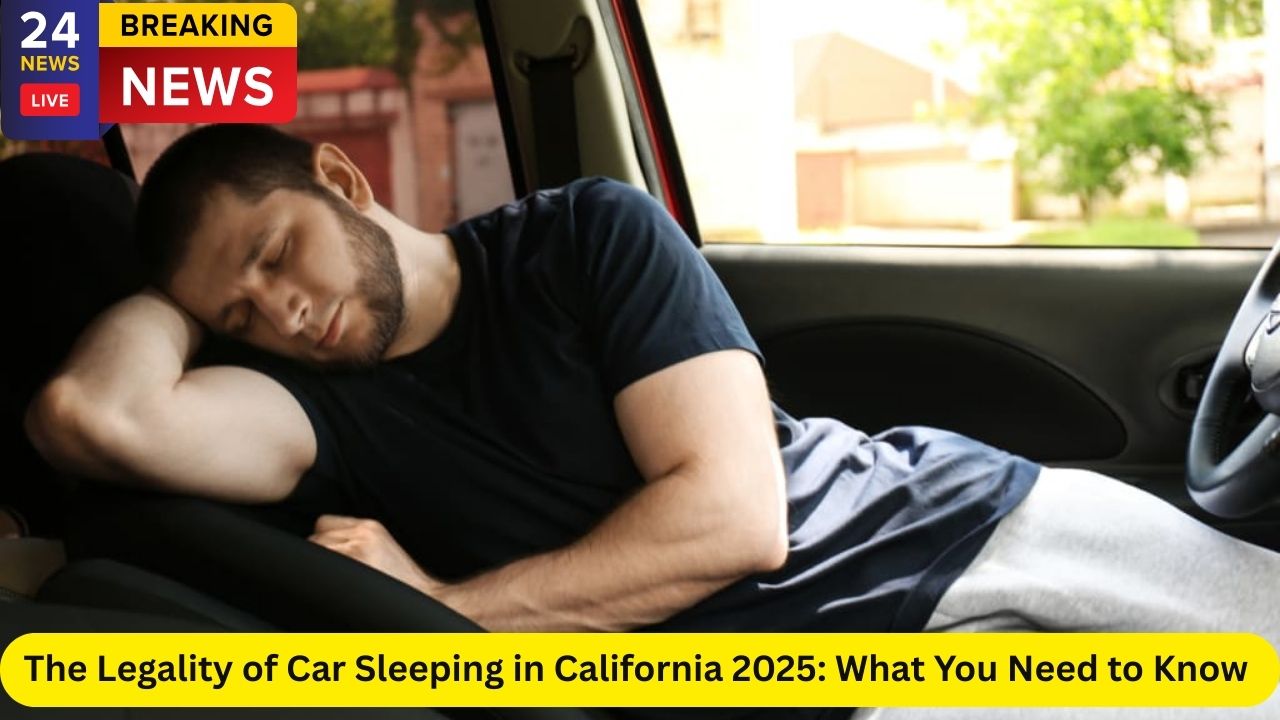


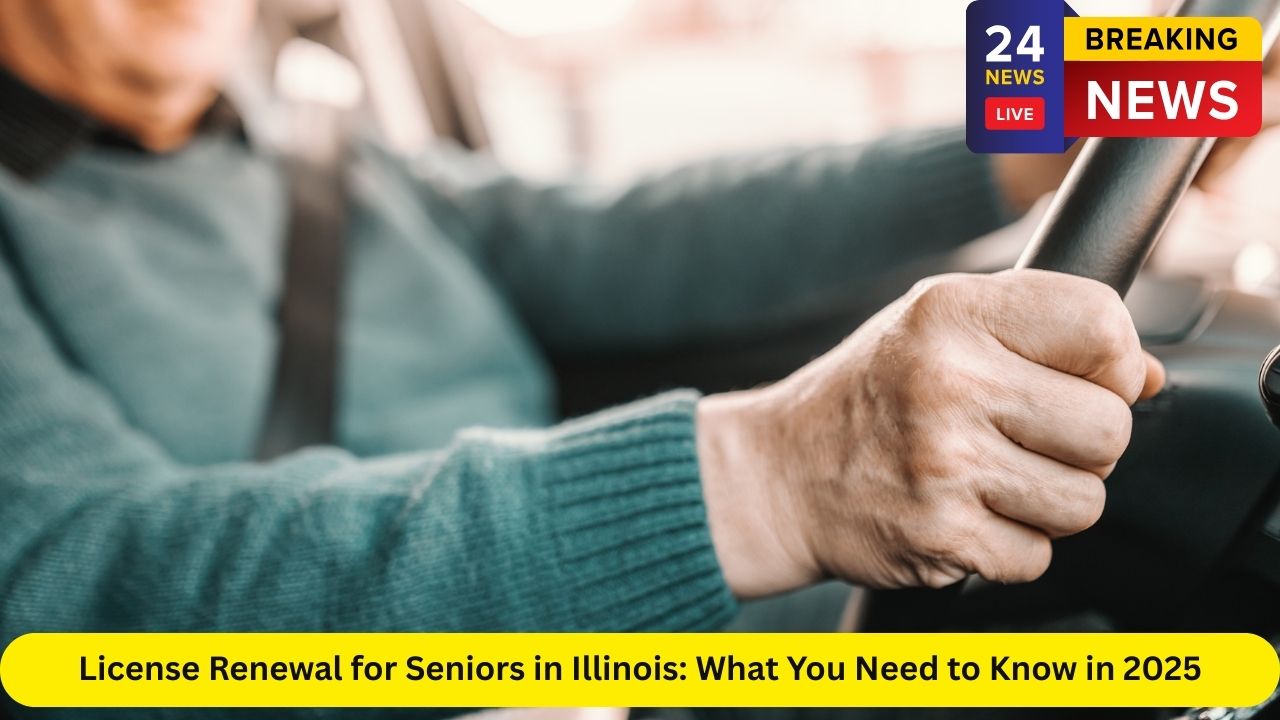
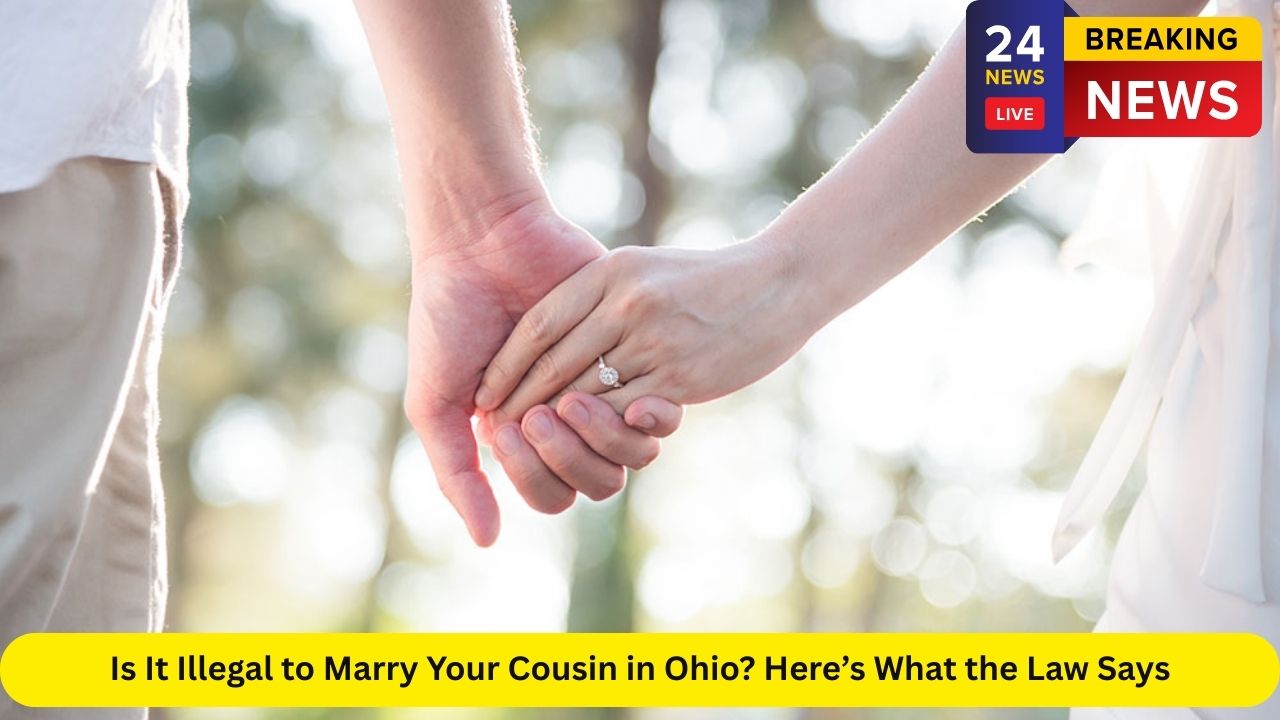
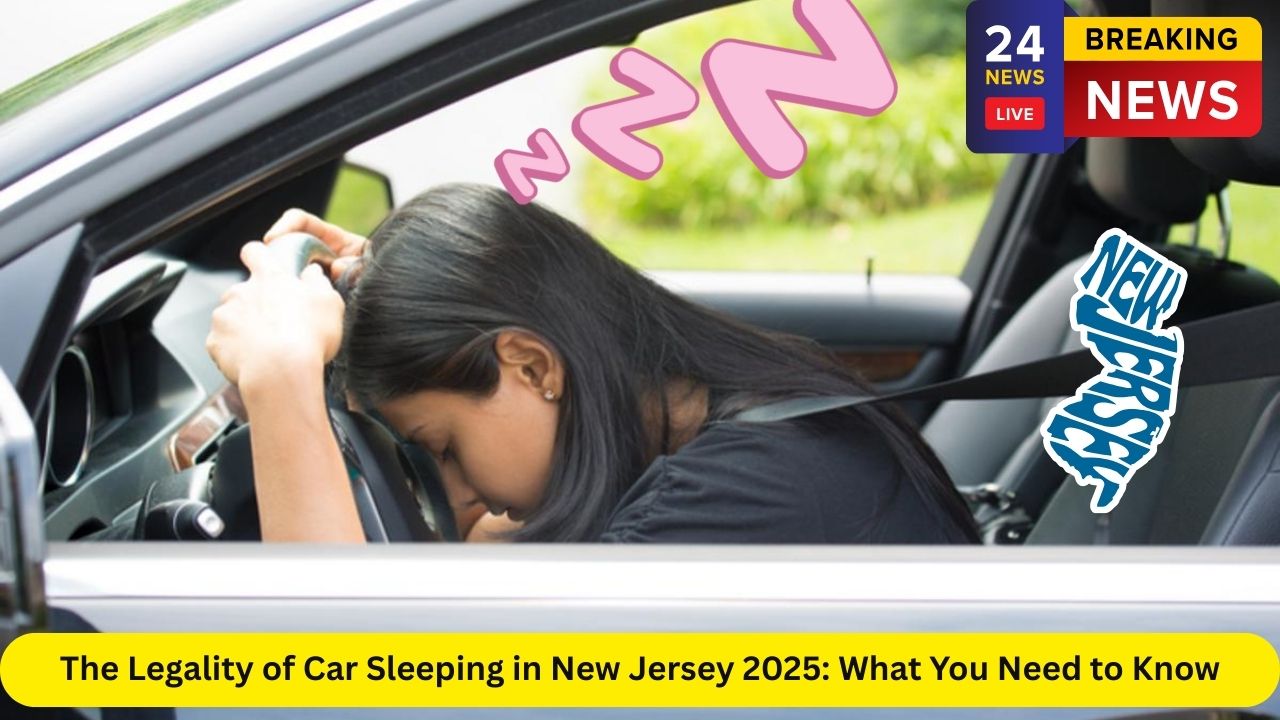

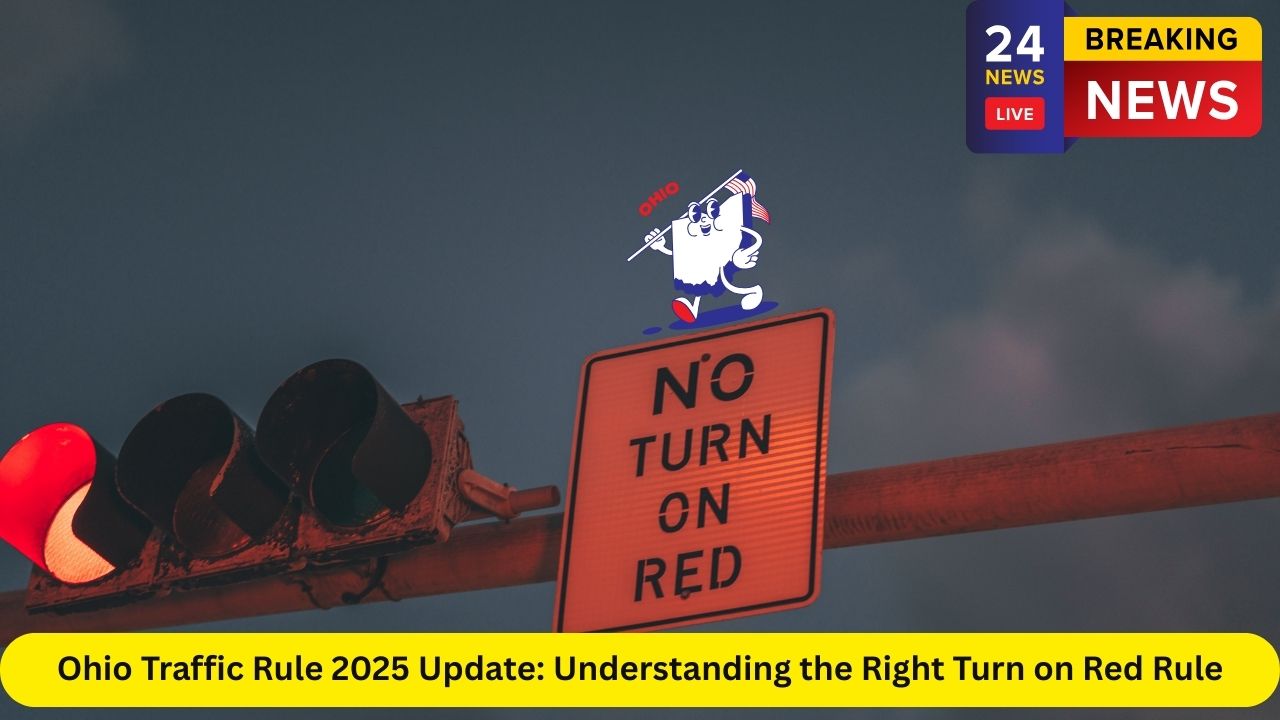
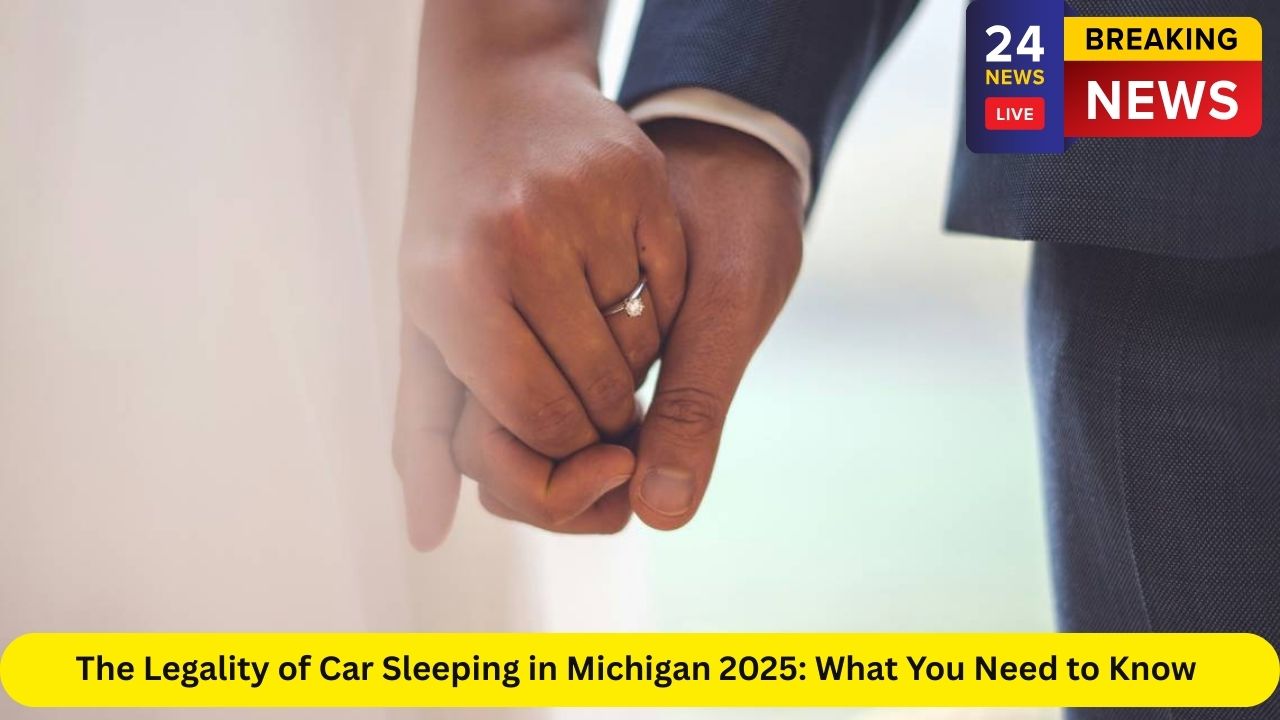
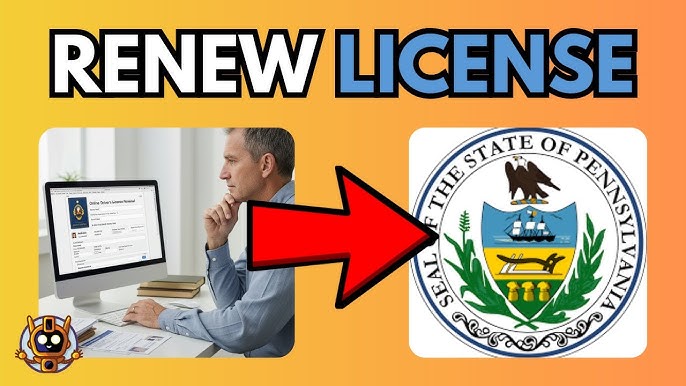
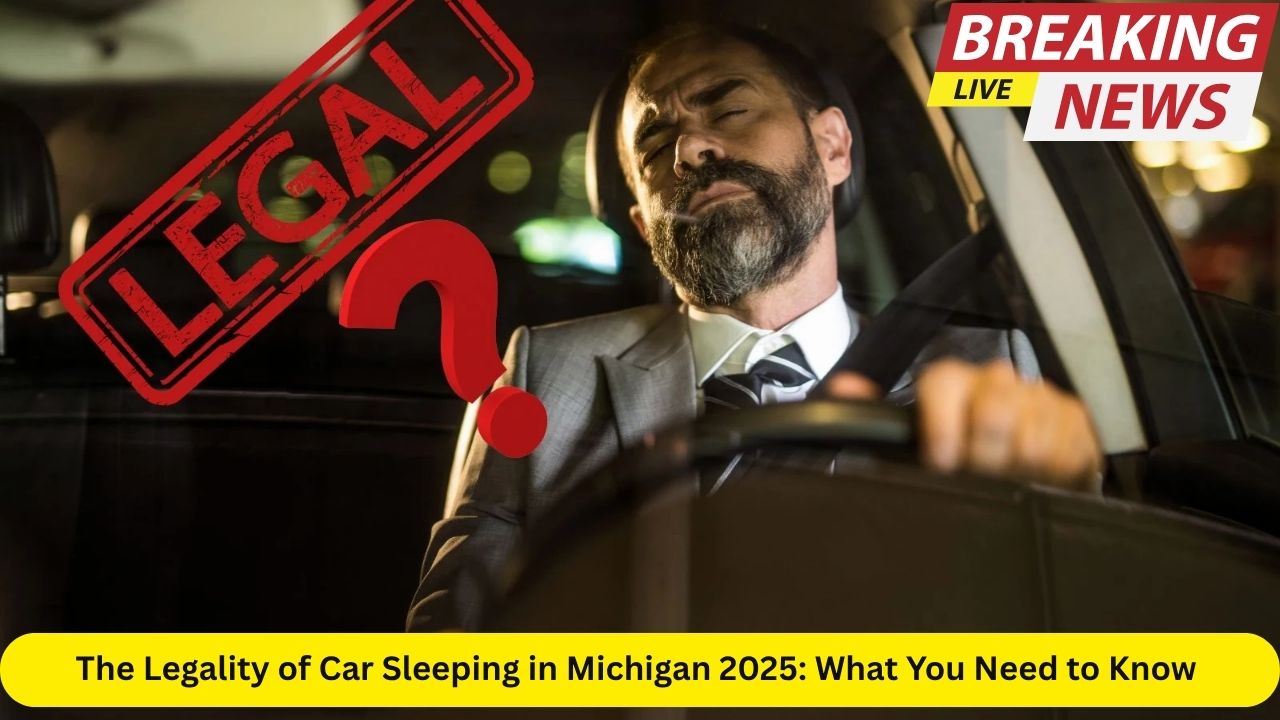
Leave a Reply